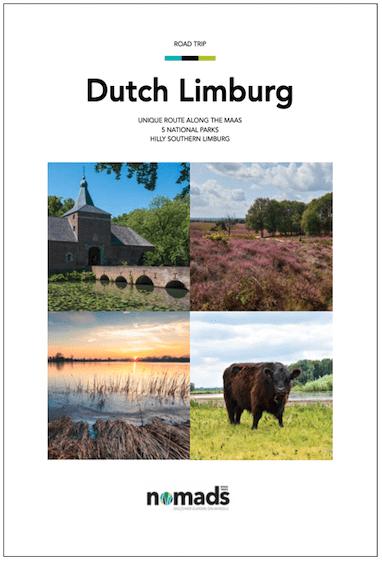
Dutch Limburg
This 323 km road trip through Dutch Limburg starts in Maastricht, follows the course of the Maasvallei into northern Limburg and returns along the German border to hilly South Limburg.
Highlights along the way include city walks in Maastricht, the 5 national parks and the hilly countryside around Valkenburg in South Limburg, known for the cycling classic De Amstel Gold Race.
- Perfect travel companion if you want to discover Dutch Limburg by motorhome, car or motorbike
- Clearly divided into 5 stages with 26 places of interest, travel tips, 20 hiking trails, 16 bicycle routes, local tourism services and places to stay (34 campsites and 19 motorhome sites)
- Available as PDF (travel guide 47 pages) in beautiful design, illustrated with inspiring texts and high-quality photography
- Includes interactive map for PC, tablet or smartphone so you have all information at hand en route
- Includes GPX files so you can download the full route and all cycling and walking routes onto your GPS
Read the first chapter
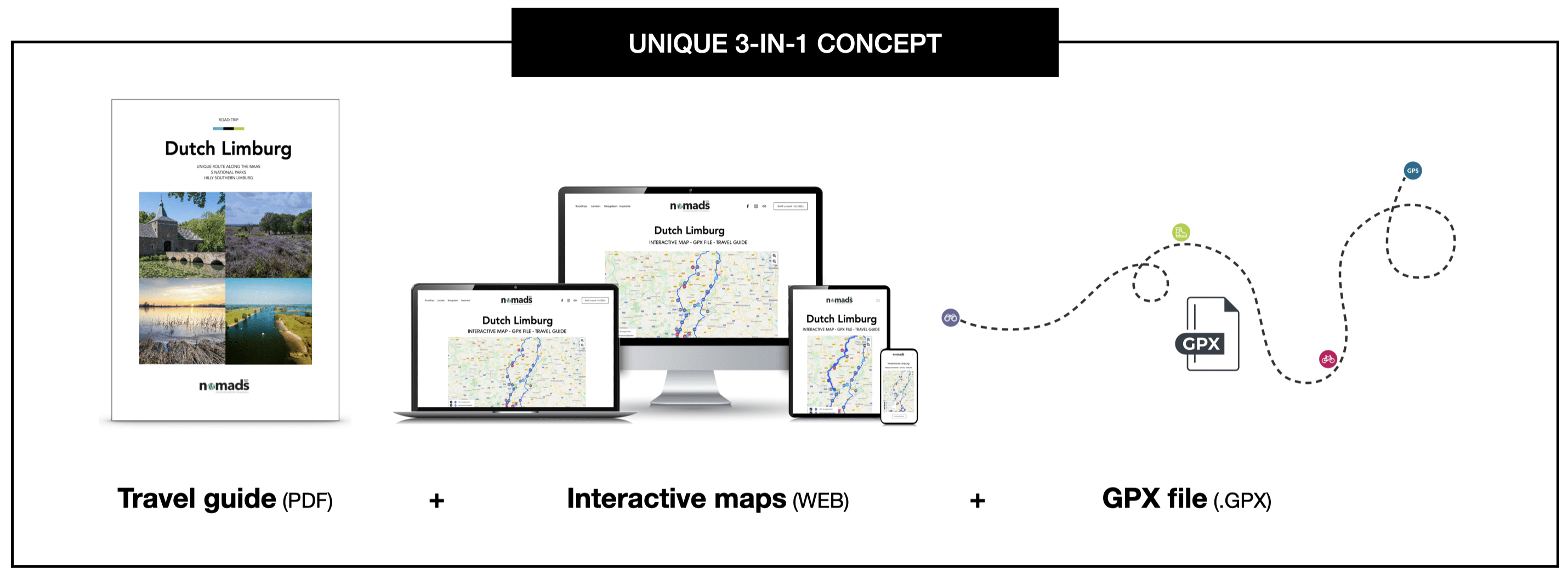
Some highlights on this road trip
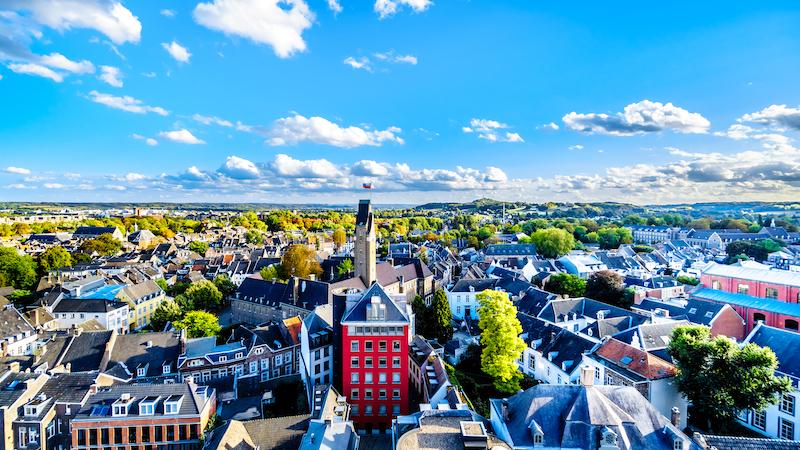
Maastricht
Maastricht is a city of many faces. The city centre (the area between the Saint Servatius bridge, the Market and the Vrijthof) is perfect for an afternoon of shopping and strolling.
In the Stokstraat quarter, you will find the more 'chic' boutiques. Prefer some peace, charm and character? Then head for Wyck (pronounced 'Wiek'), a quarter with historic buildings, local shops and cosy pubs.
Do you want hip? The Sphinx Quarter is the vibrant part of Maastricht where the night is always young. Another district that deserves a visit is the Jekerkwartier, which, with its cosy bistros and buskers, has a French feel.
Those who like to look for greenery can go via the City Park to the Sint Pieter district and the Sint Pietersberg. At the top, at Fort Sint Pieter, you have an impressive view of Maastricht and the Maasvallei around you.
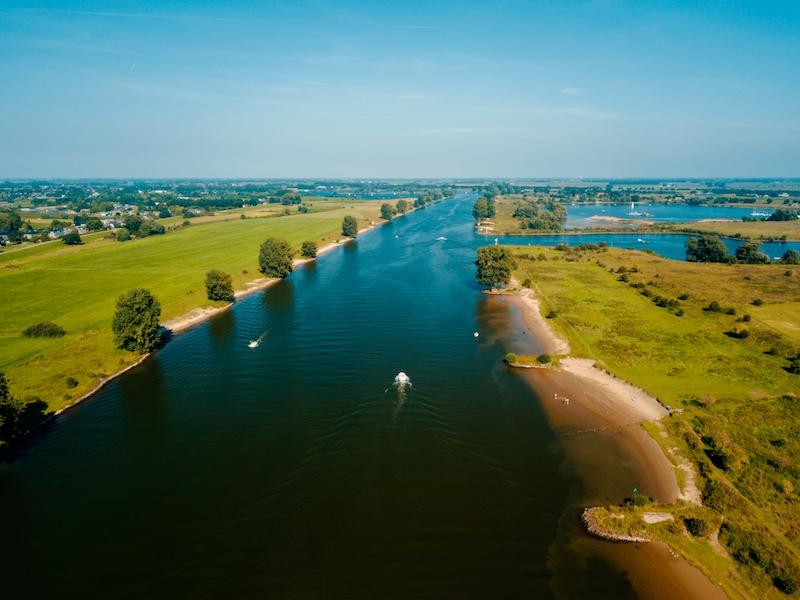
De Maasvallei
The Maasvallei forms the Belgian-Dutch border for 40 km from Maastricht to Kessenich. Here lies the first National Park on our route: RivierPark Maasvallei. You will be charmed by the varied landscape with a maze of old river arms, river banks, gullies, gravel banks and picturesque Maas villages.
On leaving Maastricht, we follow the course of the Meuse downstream to Thorn, a picturesque town with white houses that feels like an open-air museum. Lovers of swimming and water sports can indulge themselves south of Thorn in the Maasplassen, a recreational area with artificial lakes.
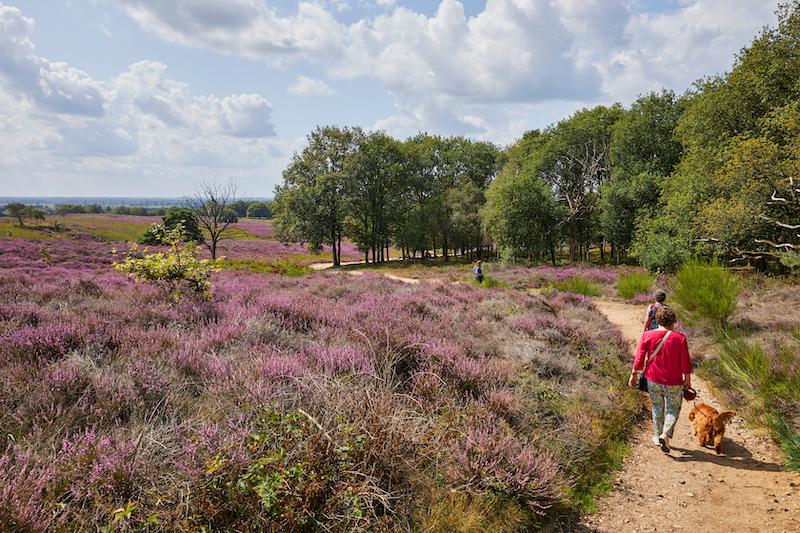
Thorn - Mook
The stage continues past the National Park De Groote Peel (a swamp area with beautiful wooden walking paths) along the border with the province of North Brabant to Venray. This town was heavily bombed and largely destroyed in the Second World War. In the nearby War Museum in Overloon, the memory of this war horror is kept alive. There are also several themed walking and cycling routes for lovers of war history.
Near Well, we regain contact with the River Maas and drive through a narrow part of Limburg along the National Park De Maasduinen to Mook, a hilly natural landscape at the tip of North Limburg. Mook and the nearby Mookerheide are also a paradise for hikers, cyclists and water sports enthusiasts.
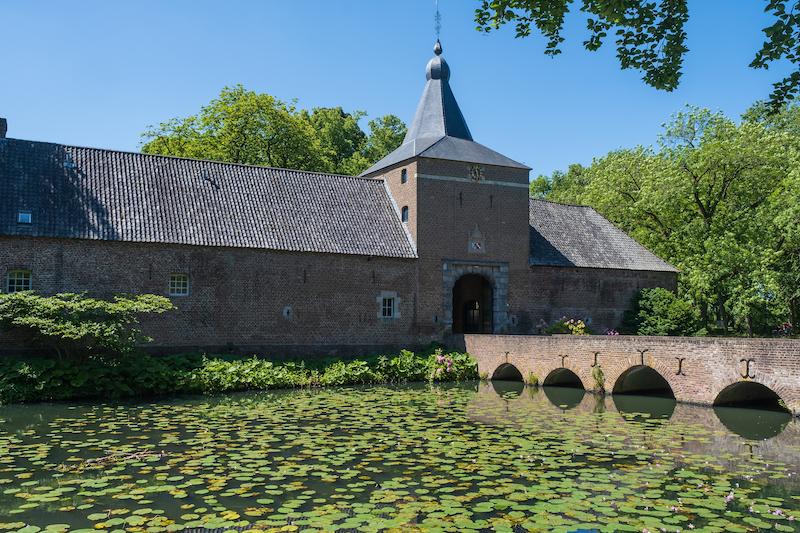
Mook - Landgraaf
After Mook, we cycle back, following the river Maas upstream to Landgraaf in South Limburg. After passing the National Parks De Maasduinen and De Hamert, Arcen is an interesting stop. It has a 17th-century castle with beautiful castle gardens. Culinary fans can try the Arcen special beer, the local asparagus, or the liqueur of Branderij De IJsvogel.
After Venlo, we drive between the river Maas and the German border towards the National Park De Meinweg, according to experts the most beautiful nature park in Dutch Limburg. Near Koningsbosch we will cross Germany for a short while and finally, via the Nieuwe Heide, the Teverener Heide and the Brunssummerheide, we will set course to the end of this stage in Landgraaf, known for the Pinkpop festival.
